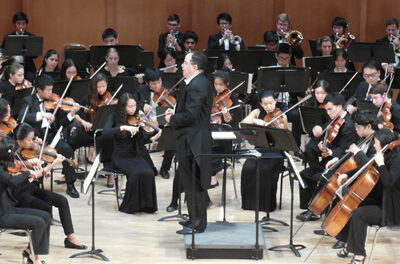 My father-in-law was an honest-to-goodness mountain man. He was born in Patrick Springs, Virginia. and he knew the Blue Ridge creeks and streams, the hidden valleys, and the steep inclines of the region. The logging roads and hiking trails were as familiar to him as city sidewalks. His vocabulary embraced the country names of most of the plants and trees. And he knew about half the critters of the area by their first name.
My father-in-law was an honest-to-goodness mountain man. He was born in Patrick Springs, Virginia. and he knew the Blue Ridge creeks and streams, the hidden valleys, and the steep inclines of the region. The logging roads and hiking trails were as familiar to him as city sidewalks. His vocabulary embraced the country names of most of the plants and trees. And he knew about half the critters of the area by their first name.
“Gran,” as he was affectionately known to all in the family, moved to Martinsville when he got married to one of the Hanby sisters and then to Richmond when the family grew some more. He missed the homey hills of the Blue Ridge and reckoned the next best thing to being there was to keep her music alive, which he did as best he could.
His first born, a daughter who later became my spouse, took up fiddlin’ at nine or ten and learned quickly and well. When she arrived in high school she was put in the violin section of the school orchestra, and here she was expected to play with the ‘vibrato’ technic which requires swinging the fingers on the keyboard just enough to produce that sweet, impassioned sound that makes symphony orchestras and violin soloists so special in the world of music.
The problem was that Mary’s fingers were double-jointed. That is, the structure of her fingers made it impossible for her to hold the knuckle joints ridged enough to produce the vibrato effect. So Gran decided to make a violin with a natural vibrato built in just for her. He found a Blue Ridge author’s book on the basics of violin making and set to work.
He experimented with different woods, different curing technics, and different carving approaches, especially of the sounding board. He tried different shellacs, blended and simmered with sweet apple sap which was abundant back home near Stuart, Virginia.
Some had wavy inserts and some even had moving parts. All told, Gran completed a dozen or so violins, each one a little more refined than the one before it. The last few, using mountain-grown maple wood, have a warmth and beauty in them that you would recognize if you had known their maker. His patience and persistence, his love and generosity, are there.
Alas, none of the instruments made the grade to be played in a symphony orchestra, but a couple were welcomed on back-porch blue-grass occasions. None accomplished the goal of a natural vibrato, of course, but there were three or four of them that hung on the wall of the family room of his home in Richmond: true things of beauty.
He lived a full 99 years and was “working on a hundred,” he said. He died peacefully in that family room with his children around him and the saints and angels playing the old timey sweet and lively tunes on those mountain fiddles hanging on the wall.
During those later years, Gran lived alone in the family home just a block from the James River in Richmond. He developed a routine which he followed every morning after he had eaten his breakfast. It involved some stretches and light weightlifting. He read a Psalm out loud with a little help from a magnifying glass and a bright table light. And he played a tune on each of those violins. The last one was always “I Come to the Garden Alone,” which he introduced, “This one is for you, Momma.”
It was Nietzsche who said, “Without music, life would be a mistake.” Gran’s life illustrated the reality behind that sentiment elegantly.











